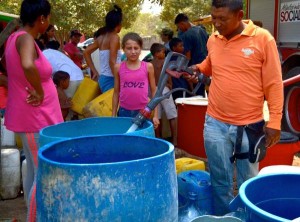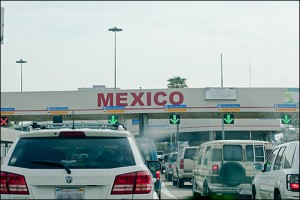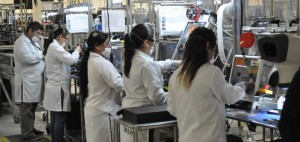La Voz de Austin
He was not famous. He was not rich. But he was there. Richard Chavez, the younger brother of Cesar Chavez was always there.
As children growing up near Yuma, Arizona, they caught fish, hunted rabbits and explored the land around them. When their father lost the farm during the depression, the Chavez family went to California in 1938 and became migrant farm workers traveling constantly in search of work.
There is a photo of Richard, Cesar and another fellow posing in pachuco garb that was popular during the time. They were learning about the world. In 1949, both brothers left farm work and moved to Northern California to work in the lumber mills.
They only stayed a few years and then came back to San Jose, California. Richard entered a carpenter’s apprenticeship program and Cesar went to work for the Community Service Organization (CS0).
When Cesar resigned from the CSO in 1962 because he was not interested in organizing farm workers, he went to Delano, California, in part because Richard was there. Richard had moved to Delano in 1952 and was president of the Delano Chapter of the CSO.
When Dolores Huerta, Cesar, Gilbert Padillla, Tony Orendain and others decided to start the National Farm Workers Association (NFWA), it was Richard who came up with the idea of the black eagle on a red backdrop for the flag.
Admitting that he couldn’t draw very well, Richard made a sketch of an eagle with squared off wings. He said it would be easier for others to replicate.
As the NFWA began to grow, it created a credit union for its members. This was possible because Richard Chavez put up his house as collateral for a loan from a bank. In one of the many books on the union there is the story of Cesar asking Richard, “How much do you think your house is worth?” When Richard said, “Oh, I don’t know, maybe $2,500 dollars,” Cesar said, “Let’s go to the bank and find out.”
The credit union went on to become a key part of the services of the farm workers union. And it was made possible because of Richard Chavez.
By the summer of 1966, the farm workers’ movement had taken off. The strike against the Delano grape growers was growing and the farm workers had just completed their historic 300-mile march to Sacramento.
Cesar needed help and Richard stepped forward giving up his work as a carpenter for $5 a week like everyone else. Richard went to Detroit and New York to direct the grape boycotts.
In 1970, he came back to California to administer the union contracts that had just been signed by the Delano table grape growers. In 1973, he was elected to the board of the union which had now become the United Farm Workers of America. Richard was always there to help in any way he could.
Finally in 1983, after 17 years with the union, Richard retired. He was 54 years old. He remained close to the union and continued to make himself available for speaking engagements and other activities.
Sometime in the late 80s, he and Cesar were having a conversation in La Paz, the union’s headquarters in the Tehachapi mountains. Cesar turned to Richard and said, “Richard, when I die I want you to build my coffin.”
Stunned by the topic, Richard, said, “Oh, Cesar, I am not going to outlive you. You eat well. You exercise. You take good care of yourself.” Cesar continued, “I want you to make a simple coffin. Make it out of pine wood.”
When Cesar died in 1993, Richard complied with his brother’s wishes. Always there.





